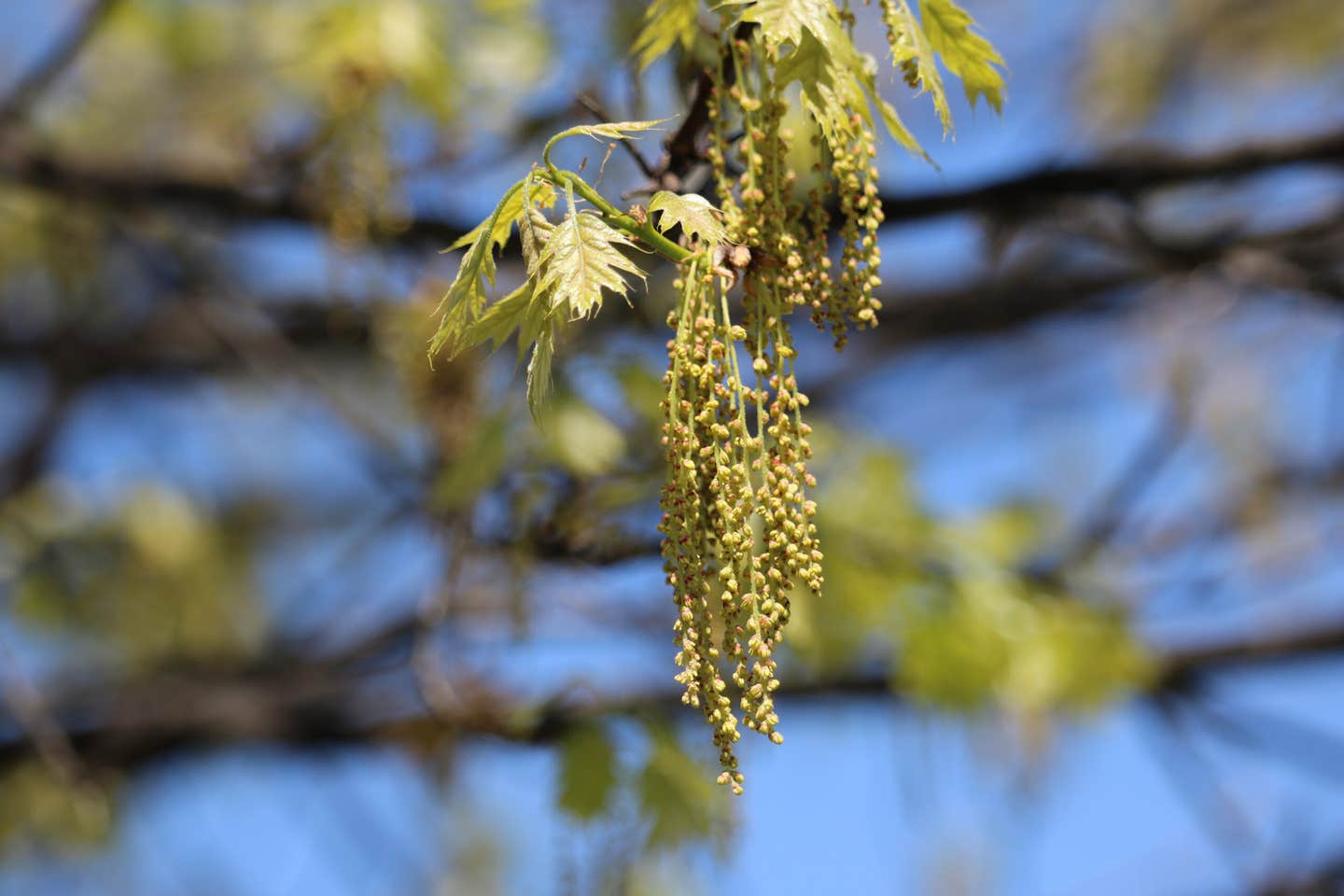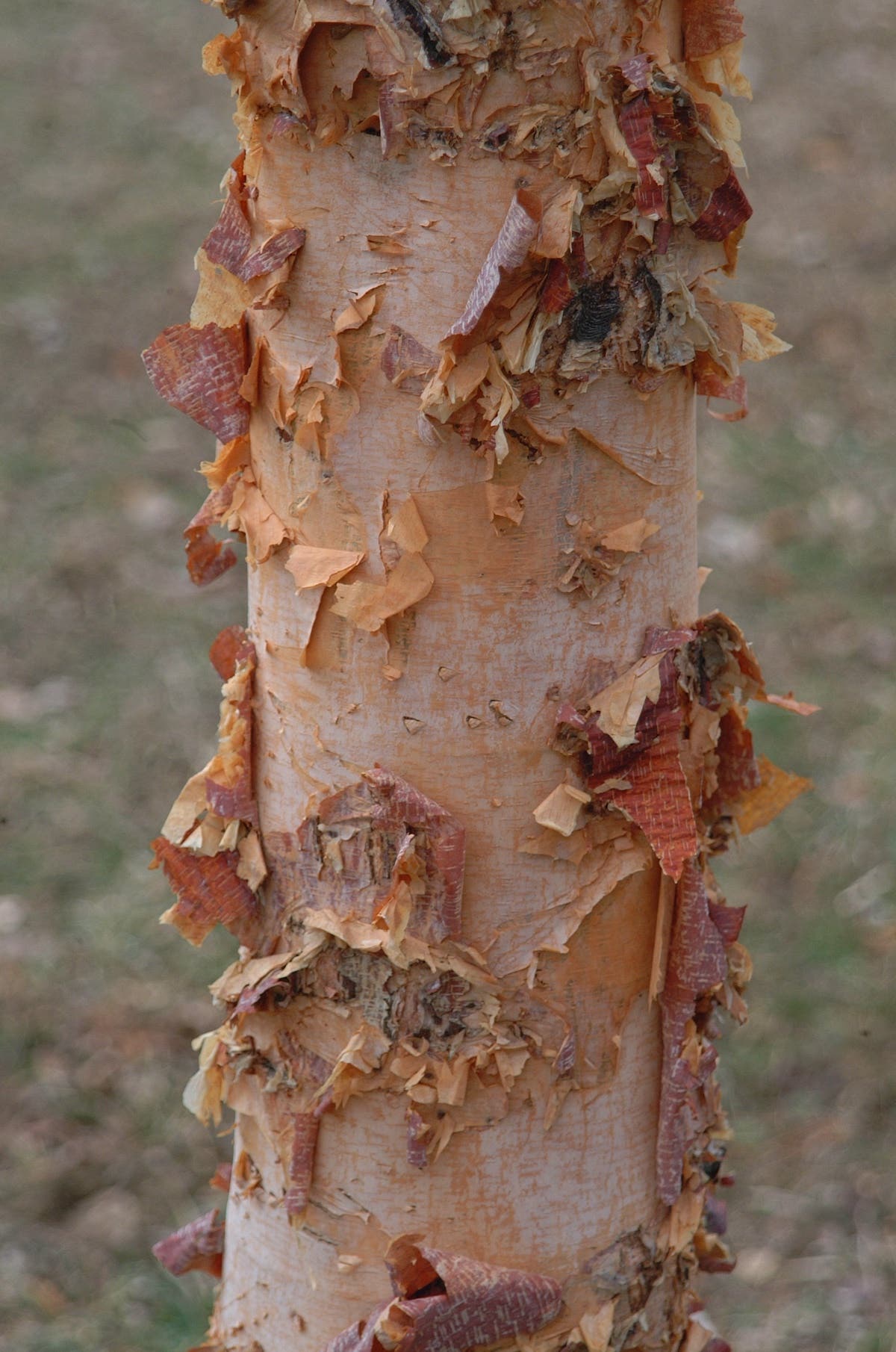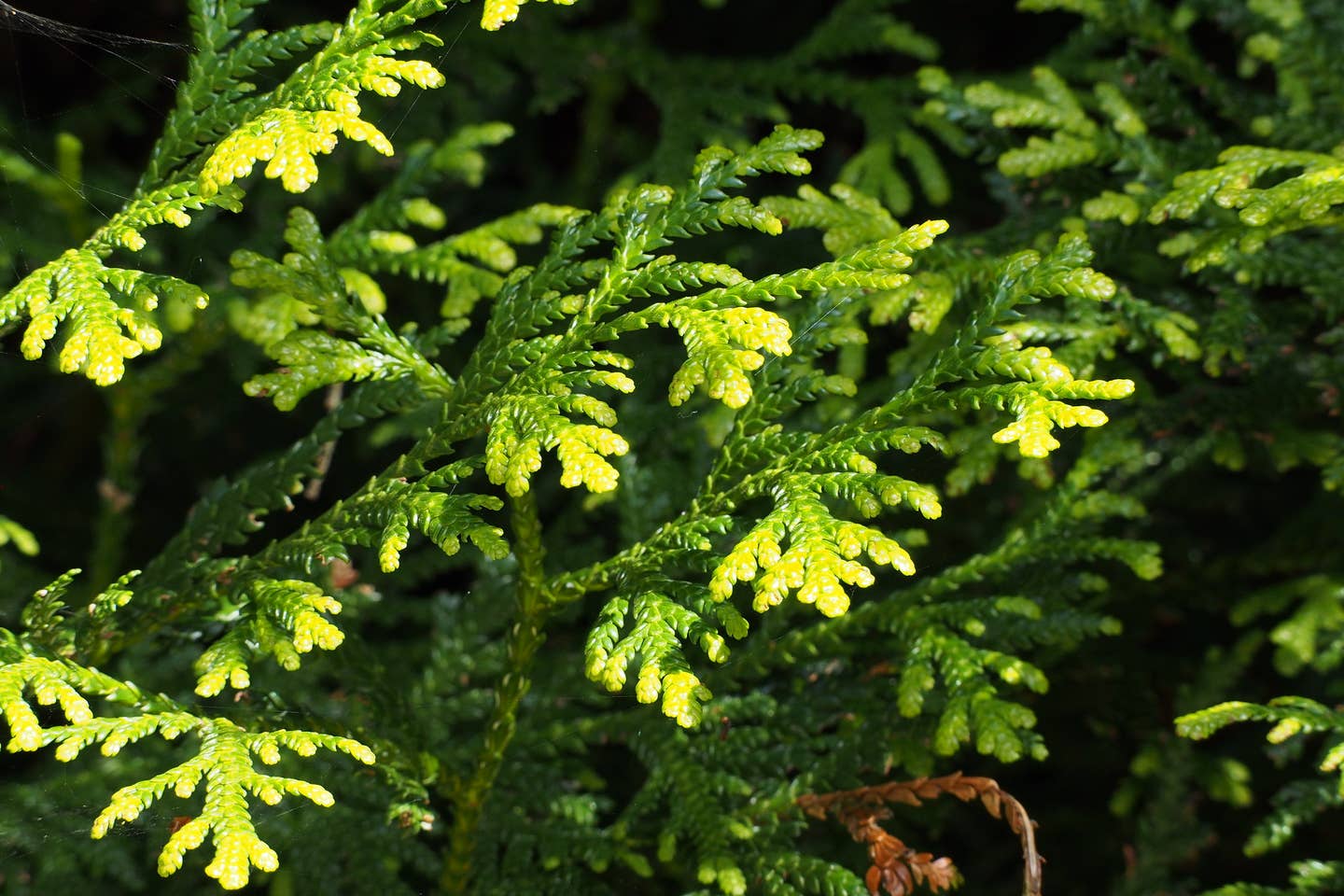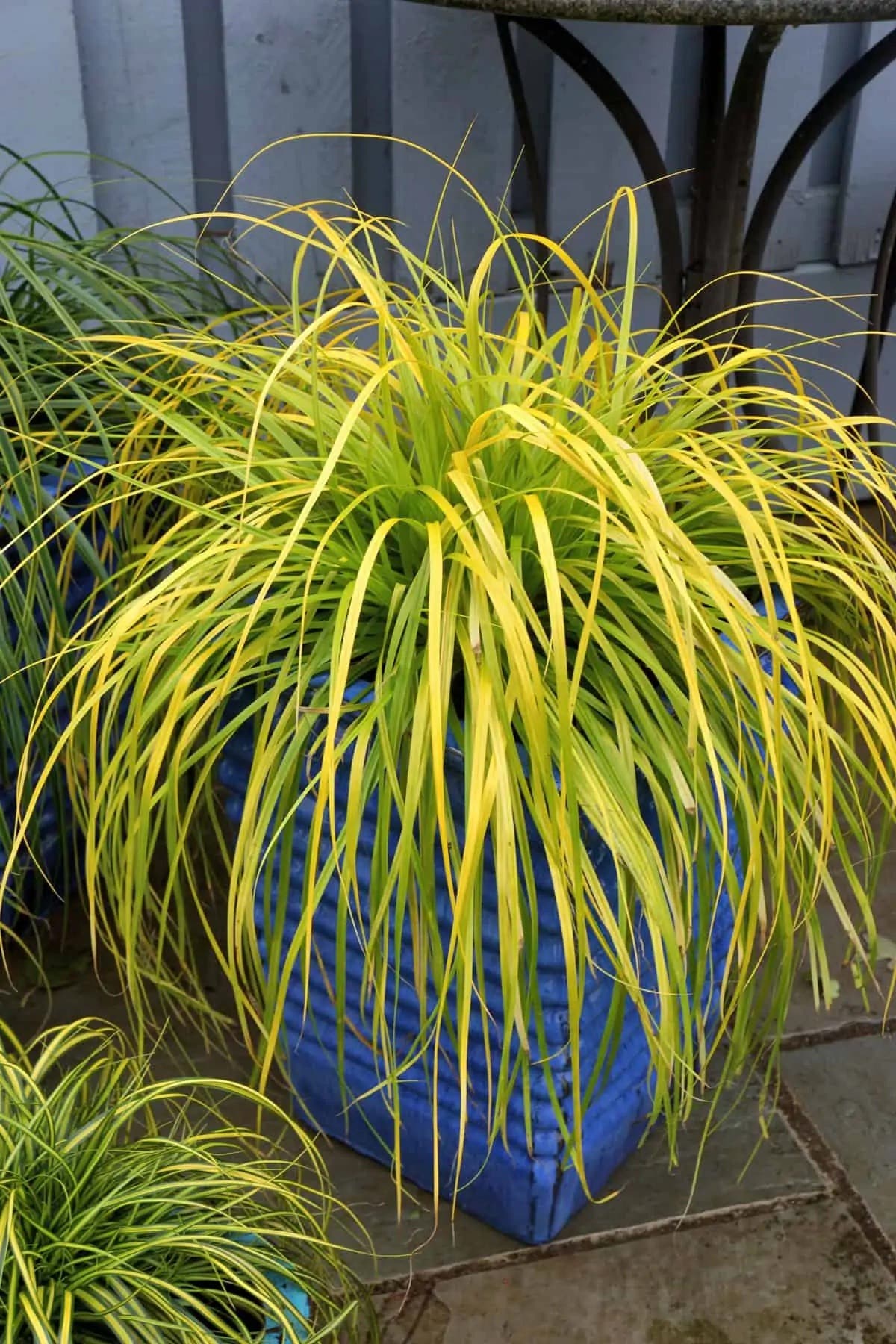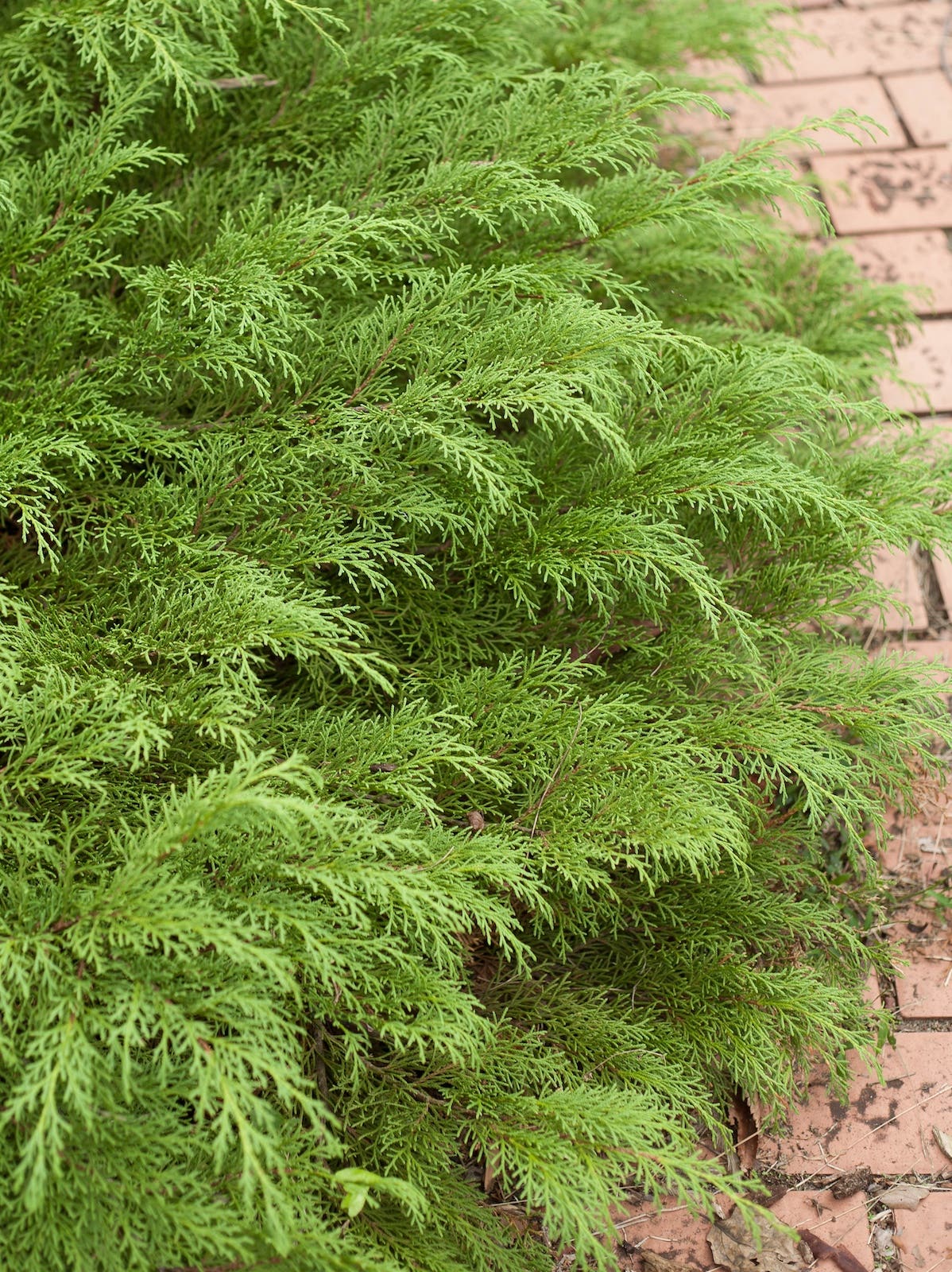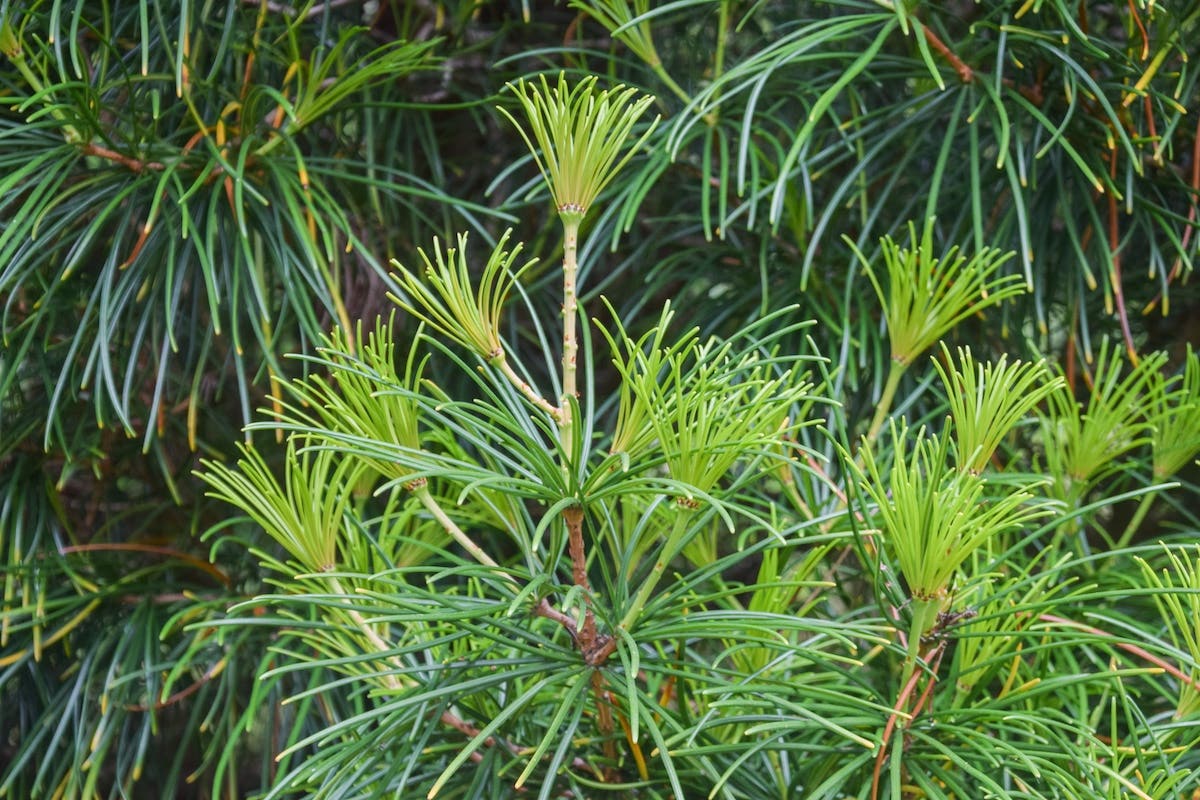African, French and Signet Marigolds
Marigolds are available in three varieties: African, French and Signet. From grand and flamboyant to diminutive, marigolds add an unparalleled burst of color to the sun garden and attract pollinators….
Marigolds are available in three varieties: African, French and Signet. From grand and flamboyant to diminutive, marigolds add an unparalleled burst of color to the sun garden and attract pollinators.
African Marigold
If you want a bold pop of color in the garden with a twist of drama, the African marigold is the perfect choice. Reaching 3 feet in height with gorgeous flowers, the African marigold is a bold sun-garden flower. If you are limited in space, a dwarf variety is available that stays under 1 foot tall.
Blooms: Yellow, orange or cream
Native to: Mexico and Central America
Common varieties: ‘Jubilee’ series, ‘Gold Coin’ series, ‘Safari’ series, ‘Galore’ F-1 hybrids, ‘Inca’ F-1 hybrids, ‘Sumo’ F-1 hybrids and ‘French Vanilla’
French Marigold
French marigolds form mounds of color in the garden. The flowers are often frilly and come in a wider color range than the African marigold. The flowers are single, semi-double, double or crested flowers, 1-2 inches across and can be solid or bi-colored.
Blooms: Orange, yellow or red
Habit: Is often wider than it is tall
Native to: North America and Mexico
Common varieties include: ‘Little Hero’, ‘Hero’, ‘Bonanza’, ‘Aurora’, ‘Janie’ series, ‘Discovery’ F-1 hybrids, ‘Boy O’ Boy’ series and ‘Queen’ series
Signet Marigold
An often-overlooked marigold, the Signet marigold is far more reserved than the African and French marigold. Half-inch blooms are perched atop lacey foliage.
Blooms: Yellow, orange, golden or bi-colored flowers
Native to: North America
Hybrid types include the Gem series: ‘Tangerine Gem’, ‘Lemon Gem’, ‘Orange Gem’ and ‘Red Gem’
Caring for Marigolds
A low pH level in the soil can cause iron and/or manganese toxicity. Signs of low pH issues are brown to black speckling of the foliage.
Deadheading: Spent flowers turn brown and are subject to Botrytis, or gray mold. Deadhead spent flowers regularly.
Tall, gangly plants: If new plants are tall and gangly, they can be planted a few inches below grade. The stems, when planted below grade, will produce new roots.
Insect Pests
Thrips: When thrips feed on the upper surface of leaves, the leaves take on a silvery color. Distorted flowers are a sign that thrips are feeding on the plant’s pollen.
Leaf miners: Unsightly mines or tunnels in the foliage appear when leaf miners are present.
Spider mites: During hot and dry conditions spider mites can devastate a stand of marigolds in a short period of time. Spider mites are difficult to spot in the beginning due to their small size coupled with the fact that they live on the underside of leaves. Mites leave tiny spots on the upper surface of the leaf. When such spots are noticed, a closer investigation and possible treatment of the plant is required. Webbing on the plant indicates a severe spider mite infestation.


